Gallery
Photos from events, contest for the best costume, videos from master classes.
 |  |
 |  |
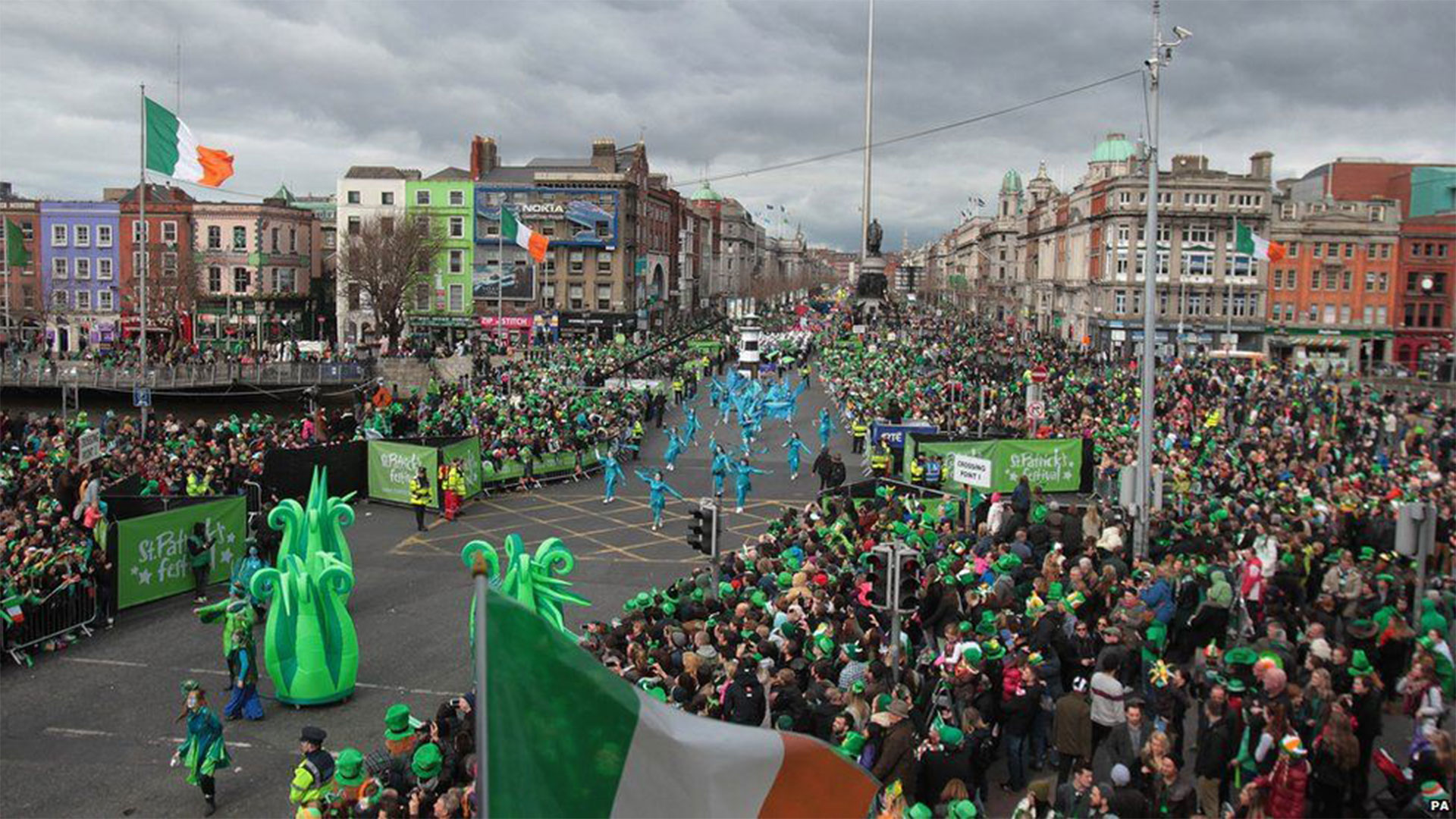 |  |
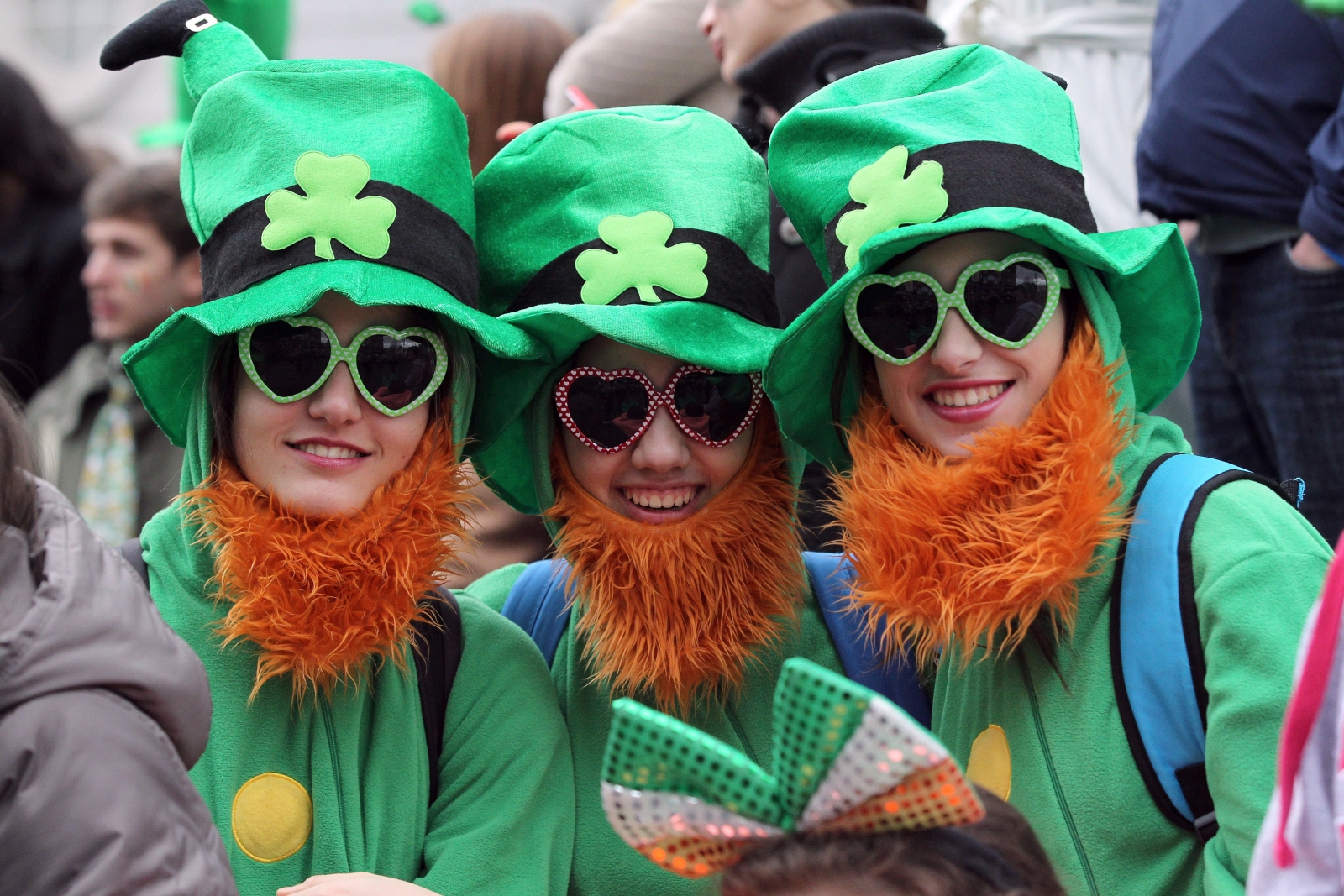 | 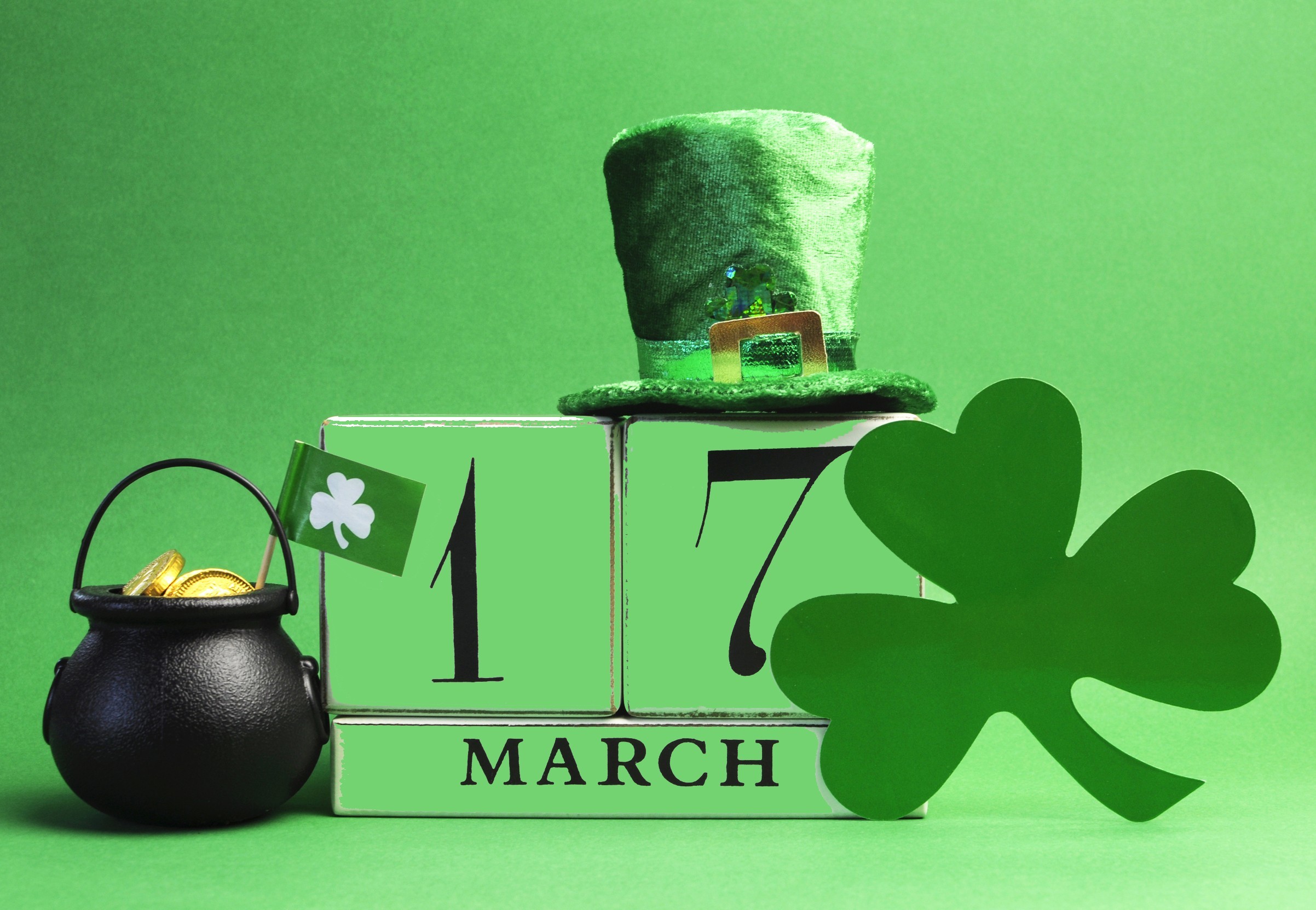 |
 | 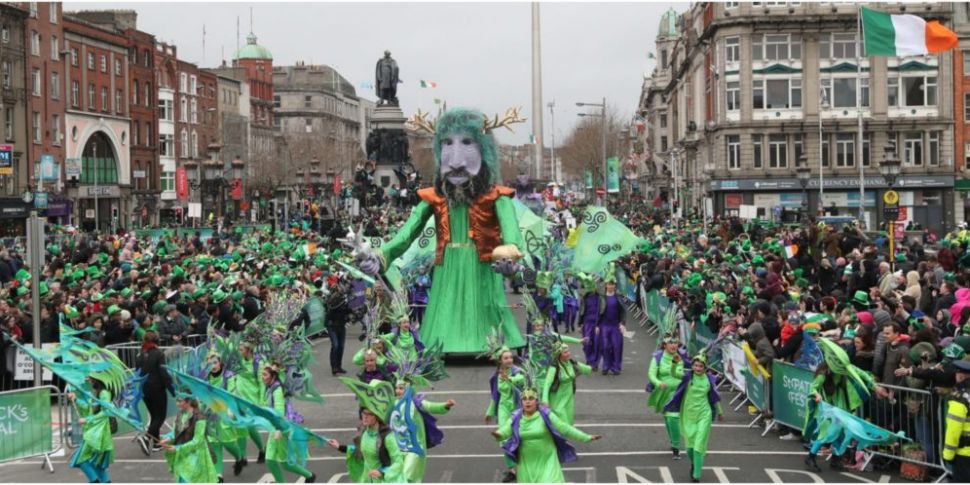 |
 | 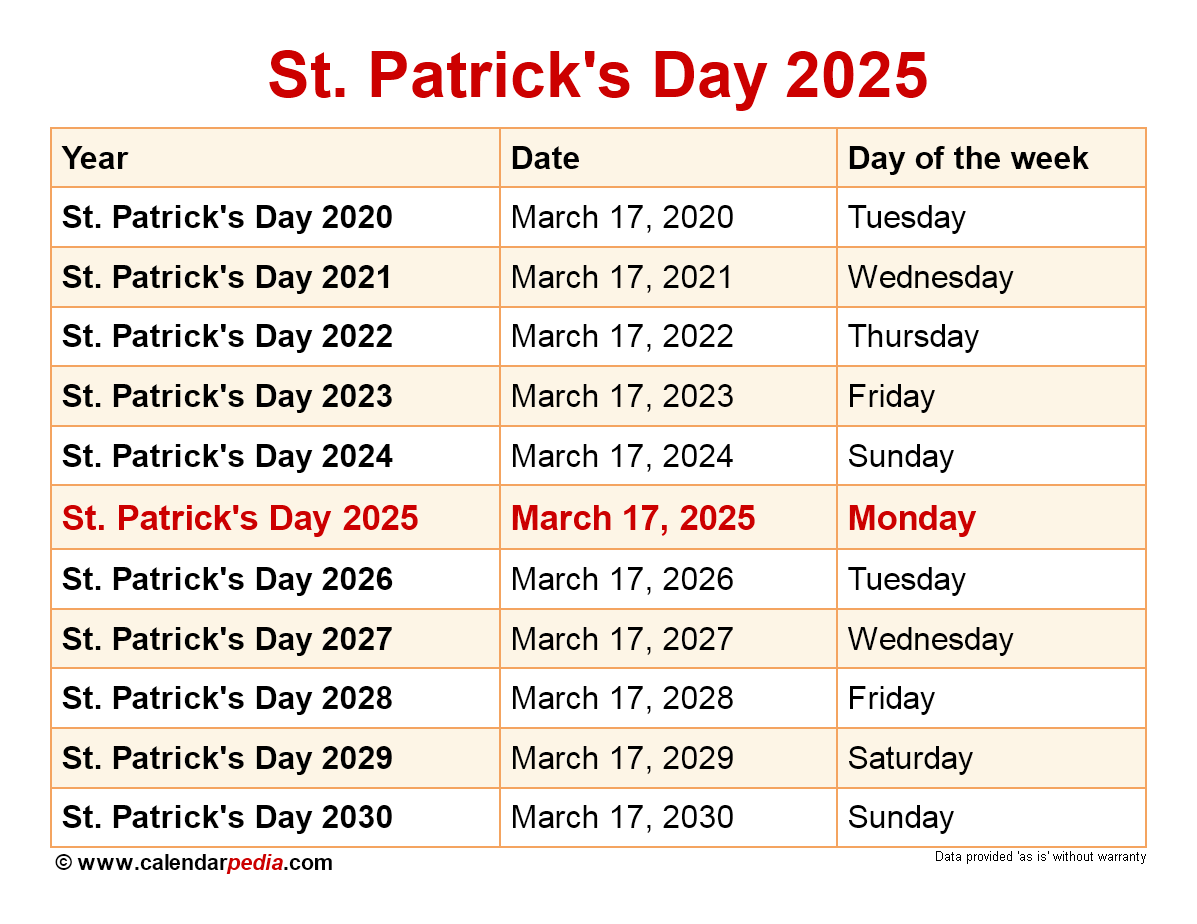 |
White is also a color that represents unity, equality, and harmony, making it a popular choice for St. Patrick’s Day celebrations and events. In Ireland, it is believed that wearing white on St. Patrick’s Day will bring good luck and protection, and is often used in conjunction with green and orange to create a striking and meaningful color (THE CONVERSATION) — St. Patrick’s Day usually conjures images of partying, Catholicism, Irish nationalism and, perhaps most famously, the color green: green clothes, green shamrocks, green beer and green rivers. Patrick shows him wearing a blue robe, emphasizing the historical significance of this color in Irish culture and St. Patrick’s Day celebrations. The King of England, Henry VIII , also contributed to the popularity of blue as the color associated with St. Patrick in Ireland during his reign in the 16th century . T hey say the whole world is Irish on St. Patrick's Day! Or at least, the whole world adopts a certain version of Irish culture. Every March 17, we break out our green clothing and jewelry, wear In the earliest recorded American celebration of the day, banquets toasting Ireland and St. Patrick took place in Boston in 1737. By the 1760s, annual parades were being held in New York and on The Colors of St. Patrick’s Day: A Symbolic Representation. St. Patrick’s Day is often associated with three primary colors: green, orange, and white. These colors hold significant meaning and are deeply rooted in Irish history and tradition. Green: The Color of Ireland. Green is the most prominent color associated with St. Patrick’s Day While green has become more commonly associated with Ireland and St. Patrick’s Day celebrations in modern times, the deep-rooted connection between Ireland and the color blue remains an important part of the country’s heritage and tradition. St. Patrick’s Blue Association: The Transition to Green Modern Use in St. Patrick’s Day Celebrations. Today, St. Patrick’s Blue is still the official blue used in Irish presidential and governmental ceremonial activities. And it remains ingrained in March 17th festivities across the world: The Chicago River has been dyed green and blue every St. Patrick’s Day since 1962. Undoubtedly, New York City holds top honors for throwing the largest celebration; however, since 1962 Chicago has been dumping tons of green dye in the Chicago River each year in honor of St. Patrick and the Irish. St Patrick's Day is an official holiday in both Ireland and in Montserrat, the "Emerald Isle of the Caribbean," a location that was HOLIDAY CELEBRATIONS How the Color of St. Patrick’s Day Went From Blue to Green St. Patrick’s Day was once a solemn feast day when you’d be far more likely to see the color blue than green. PUBLISHED ON March 11, 2025 As St. Patrick’s Day is a celebration of both Saint Patrick and Ireland, some of the St. Patrick’s Day colors tie directly to the patron saint, while others are more representative of Ireland itself. St. Patrick’s blue color meaning. In modern images of Saint Patrick, the patron saint and apostle of Ireland is shown dressed in green. (THE CONVERSATION) St. Patrick’s Day usually conjures images of partying, Catholicism, Irish nationalism and, perhaps most famously, the color green: green clothes, green shamrocks, green beer St. Patrick’s Day was once a solemn feast day when you’d be far more likely to see the color blue. In fact, there’s even a color known as St. Patrick’s blue. In the 19th century, for example, the color orange was not as prominent in St. Patrick’s Day celebrations, as it was associated with the Protestant community. However, in the 20th century, the color orange became more prominent in St. Patrick’s Day celebrations, representing the country’s growing cultural diversity. Modern-Day Celebrations. In modern-day St. Patrick’s Day celebrations, the colors of green, orange, and white are often used together to promote unity and inclusivity. The colors are displayed in various forms, including flags, decorations, clothing, and even food. St. Patrick’s Day Parades What was St. Patrick’s original color? Patrick was first represented by the color blue. This 13th-century image of St. Patrick depicts Ireland's patron saint in a blue robe. In the earliest recorded American celebration of the day, banquets toasting Ireland and St. Patrick took place in Boston in 1737. By the 1760s, annual parades were being held in New York and on In today’s world, the celebration of St. Patrick’s Day has taken on a decidedly green hue. Rivers are dyed green, people wear green clothes, bake green pastries and even drink green beer. The Chicago River in the United States is famously dyed green each year for St. Patrick’s Day, a tradition that dates back to 1962. Why did the St. Patrick’s Day color became green? For a while, the Irish were true-blue to using the color blue as the symbol of St. Patrick. It wasn’t until the 1798 Irish Rebellion that Like those that would succeed them, they celebrated St. Patrick’s Day to commemorate their connection to Ireland. In the earliest recorded American celebration of the day, banquets toasting Ireland and St. Patrick took place in Boston in 1737. By the 1760s, annual parades were being held in New York and on the island of Montserrat to
Articles and news, personal stories, interviews with experts.
Photos from events, contest for the best costume, videos from master classes.
 |  |
 |  |
 |  |
 |  |
 |  |
 |  |